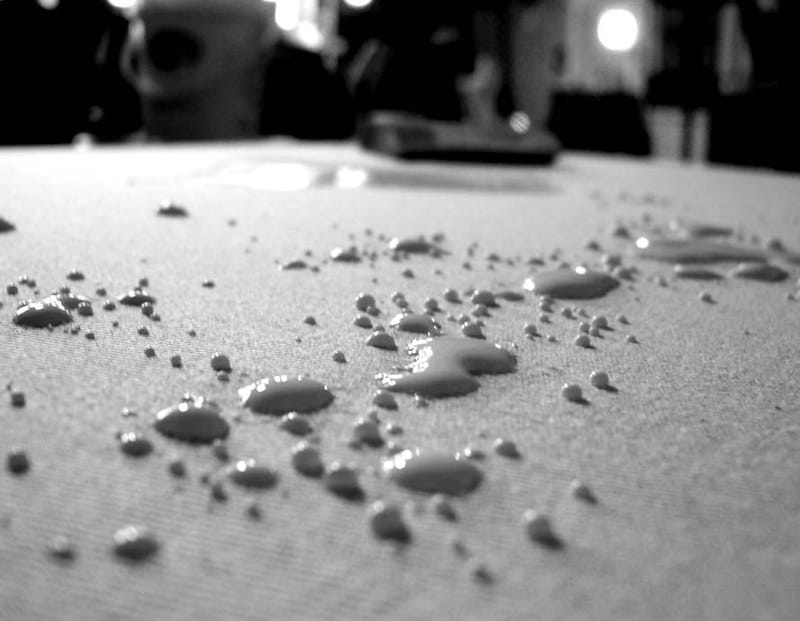Gesso is an excellent material to create a surface to paint on. If you’re an artist, you’ll use it at some point. However, it doesn’t stick to every surface well since it’s essentially a thin, white acrylic paint.
So, will gesso stick to varnish? Gesso will stick to certain types of varnishes. If you want to help it adhere to the surface, you should sand the wood before applying gesso. Doing so lets the gesso grip onto the grooves.
If you skip out on sanding, any acrylic materials you use won’t stick to it for very long- including gesso! Gesso is a common tool for artists to have on hand, so you’ll want to know as much as possible. Let’s keep reading to learn more!
How To Apply Gesso to a Varnished Painting
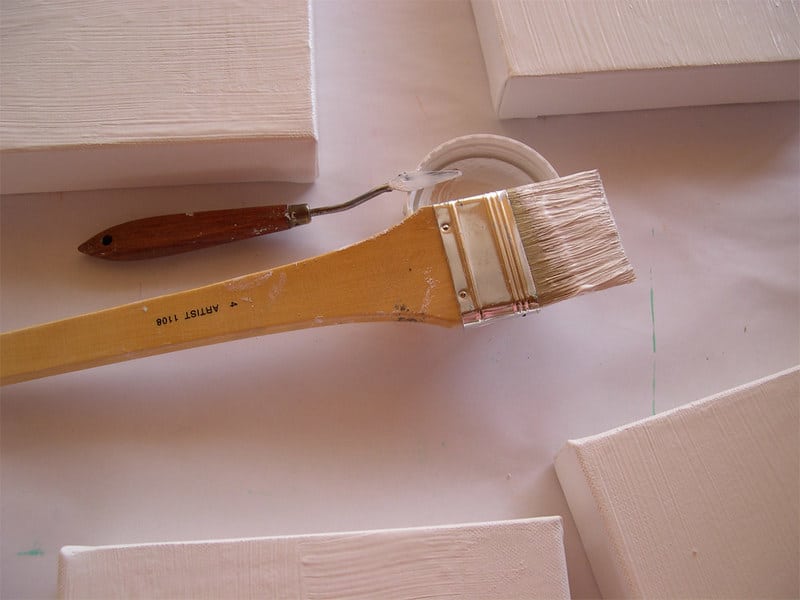
If you varnish a painting but want to start over, you’re not out of luck yet! You can still easily apply gesso over it to give yourself a clean slate to work on.
First, make sure that the topcoat of varnish is completely dry. You’ll need to use sandpaper on it to wear down any bumps. Spend some time sanding and making the surface as smooth as you possibly can. You’ll need to spend more time on thick brush strokes.
Next, pour some gesso out into a small container. You’ll want to use a brush that you set aside only for applying gesso- a square brush works best. Pour a small amount of gesso onto the painting, then keep all of your brush strokes in the same direction.

After that coat dries, you can apply another layer of gesso going in a different direction. Doing so helps reduce bumps and brush strokes in the final painting. You’ll need several layers for dark images and varnish to hide them under the white coat.
You can add as much gesso as the painting needs. If the surface of the painting becomes too textured, you can always even it back out using sandpaper again.
Can You Gesso Over a Varnished Acrylic Painting?
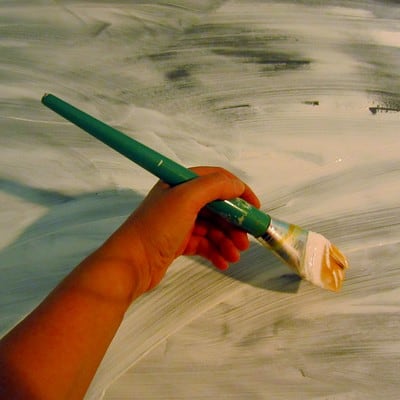
You won’t want to simply pour the gesso over the varnish because it may have some trouble sticking. Instead, take a piece of sandpaper and use it to scratch up the surface of the acrylic painting.
The sandpaper creates the perfect surface for gesso! It helps it stick to the surface better, so you won’t have to worry about it falling off later.
One of my favorite and most recommended gesso is the Liquitex Gesso Primer. It works great, and comes in a basic or professional formula.

As long as you sand down the surface of a varnished acrylic painting, the gesso should have no problems with sticking to it. Some types of varnish resist acrylic gesso more than others, so you’ll want to sand it down as much as possible for the best results.
Lastly, the more layers of gesso you apply, the more it will stick. You’ll need to wait between layers to ensure that it dries completely. Not waiting can cause issues with the gesso not sticking as well.
Can You Gesso Over a Varnished Oil Painting?
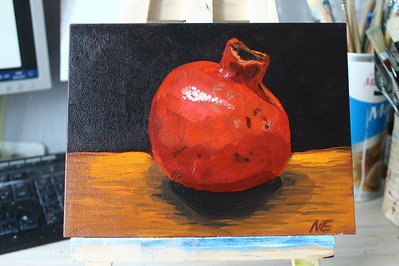
You shouldn’t use gesso over a varnished oil painting. Gesso is an acrylic medium, so it can’t stick to the oil paint. Even if you sand down the artwork first, it will have issues adhering to the exposed oils.
However, you can use titanium white oil paint for a similar effect. Strip the varnish off with a piece of sandpaper, then apply the white paint. You can treat it like gesso, except that it will take several days for it to dry instead.

After your coating of white paint dries completely, you can paint over it to your heart’s content. Remember that you can easily apply gesso to acrylic paints, but you can’t put it over oils.
What Will Gesso Stick To?

Gesso can stick to many different surfaces. Most artists use it on canvas, although you don’t have to limit yourself to only that. You can apply gesso to wood, plastic, stone, glass, and more! As long as you prepare the surface with sandpaper, it should stick.
Check out my other article that talks about using gesso on glass! It goes over everything you need to know.
Overall, you can apply gesso to nearly every surface. Then, you can apply paints to those surfaces!
What Do You Use Clear Gesso For?
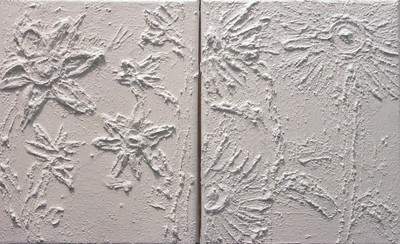
Gesso doesn’t always have to be white. You can also find clear varieties. Clear gesso is the perfect base coat for surfaces that you don’t want to hide under a coating of blank white. For example, if you’re going to include the look of wood in the background of your work.
Clear gesso also works with acrylic and oil paints, making it a versatile primer. You’re sure to find plenty of uses for it!

In short, you can use clear gesso when you don’t want to hide the appearance of the surface you’re painting on. If you love the look of wood, stone, canvas, or even paper, you can include those textures in your final work with a clear base coat.
Can Gesso Be Used on Wood?
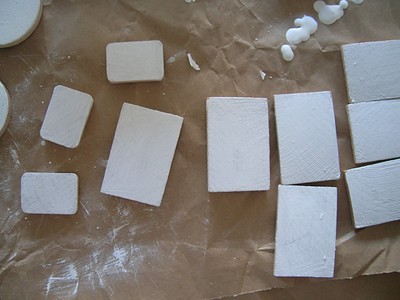
Gesso works great on wood! You can apply it to plywood very easily. It also sticks well to hardwood, including maple and birch. Gesso protects the wood and gives it some “tooth,” making it easier for the paint to stick to it.
Many artists paint on wooden panels instead of canvas. You’re sure to find a way to use gesso on wood in your own art! Applying gesso is very easy too.
All you need to do is lightly sand the surface of the wood, then paint the gesso on using a square brush. You want to give it even coats with plenty of time to dry between the layers.
Final Thoughts
To summarize, gesso will stick to varnish as long as you prep the surface with sandpaper first! Doing so allows the gesso to have a firmer grip on the painting. Once the new gesso layer dries, you can paint over it like it’s a new, blank canvas!
Gesso can stick to various materials, and many artists use it to prepare unique surfaces for painting. It’s always good to have gesso at home for your projects too!
Make sure to follow all my tips and recommended products to ensure your gesso painted project turns out great! Also, don’t forget to check out my other articles for all your painting Q&A’s. Happy painting!

